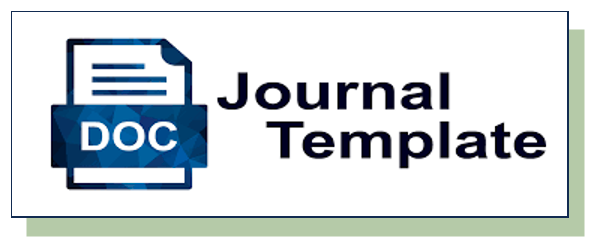Strategi Pembelajaran PAI Pada Peserta Didik Tuna Grahita Sekolah Dasar Kelas Awal Di Sekolah Dasar Luar Biasa (SDLB) Pembina Tingkat I Cilandak Lebak- Bulus Jakarta Selatan
DOI:
https://doi.org/10.29240/bjpi.v2i1.270Abstract
Downloads
References
Daftar Pustaka
Arifin, Metodik Khusus Pendidikan Agama, Jakarta, Hidakarya, 2001.
Badruzaman, Ahmad. Strategi dan Pendekatan dalam Pembelajaran. Yogyakarta, Ar Ruuz 2006.
Borich, Gary, D. Effective Teaching Methode. Thir Edition. Ohio, Merill an Imprint of Prentice Halll, 1996.
Carloz F. Diaz, Carol Marra Pelleiter dan Eugene F. Provenzo Jr., Touch the Future Teach, Boston, Pearson Education Inc., 2006.
Depdiknas, Pedoman Khusus Penyelenggaraan Pendidikan Inklusif: Pedoman Khusus Kegiatan Pembelajaran, Jakarta, Depiknas, 2006.
E Woolfolk, Anita. Educational Psycho and the Classroom Teacher. Boston, Allyn and Bacon.
Humaidi, M.K. Model-Model Pembelajaran Kreatif., Bandung, Rosdakarya, 2006.
Mansyur, Metodologi Pendidikan Agama, Jakarta, Forum, 1981.
Masitoh, dkk, Pendekatan Belajar Aktif di Taman Kanak-Kanak, Jakarta, Depdiknas, 2005.
M. Gagne, Robert, Essentials of Lerning for Instruction, Florida, Deiden Press, 1975.
Mohammad Ansyar, Kurikulum dalam Menyongsong Otonomi Pendidikan di Era Globalisasi, Peluang, Tantangan, dan Arah, dalam jurnal Pendidikan Islam TA’DIB, Maret 2002, (No. 04), ISSN 1401-6773, Fakultas Tarbiyah IAIN Raden Patah Palembnag.
NK, Roestiyah. Strategi Belajar Mengajar, Jakarta, Rineka Cipta, 1991.
Syah Muhibbin, Psikologi Pendidikan dengan Pendekatan Baru, Bandung, Remaja Rosdakarya, 2008.
S. Nasution, Berbagai Pendekatan dalam Proses Belajar dan Mengajar, Jakarta, Bina Aksara, 1984.
S. Vargas, Julie. Behavioral Psychology for Teachers. New York, Harper and Row Publishers.
Zuhairini dkk, Metodologi Pengajaran Agama Islam, Jakarta, Pustaka Firdaus, 2004.
Downloads
Published
How to Cite
Issue
Section
Citation Check
License
Authors who publish with Belajea: Jurnal Pendidikan Islam agree to the following terms:- Authors retain copyright and grant the journal right of first publication with the work simultaneously licensed under a Creative Commons Attribution-NonCommercial-ShareAlike 4.0 International License (CC BY-NC-SA 4.0) that allows others to share the work with an acknowledgment of the work's authorship and initial publication in this journal.
- Authors are able to enter into separate, additional contractual arrangements for the non-exclusive distribution of the journal's published version of the work (e.g., post it to an institutional repository or publish it in a book), with an acknowledgment of its initial publication in this journal.
- Authors are permitted and encouraged to post their work online (e.g., in institutional repositories or on their website) prior to and during the submission process, as it can lead to productive exchanges, as well as earlier and greater citation of published work (See The Effect of Open Access).






 This work is licensed under a
This work is licensed under a 